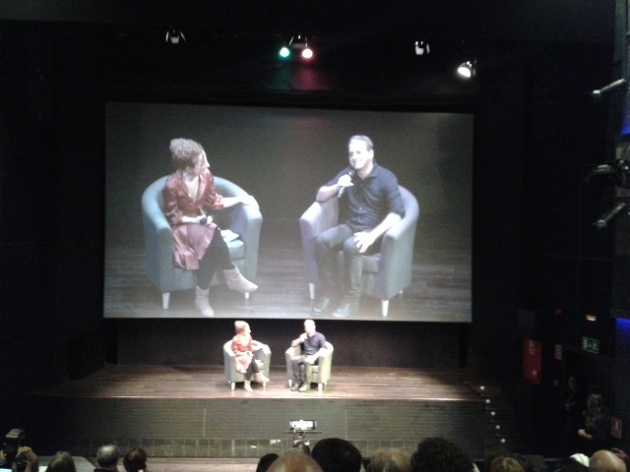-What an extraordinary example of the possibilities of Cinema!- I think while watching 1967’s Russian Anna Karenina’s adaptation into film.
Leaving aside obvious questions such as ellipsis of secondary stories and deeply philosophical dialogues, this film proves that even only with images, the emotional effect in the watcher can be close to the one in the corresponding novel’s reader. There are three scenes when this is absolutely true: the first society dance, with Kitty feeling anguished and disoriented; the horse race, which almost makes Anna faint; and the final suicide’s setting, Anna throwing herself to railway (sorry for the spoiler, but it’s a well-known old classic). Constant and irregular camera movements, playing with the focus, shot changes, extreme close-ups, transposition of images, the same way Kenneth MacPherson started doing it in 1930 with Borderline.
In this personal movie by Aleksandr Zarji, Tolstoy’s novel’s words are successfully transferred into images and sounds in a harmonic illustration of intermediality.







